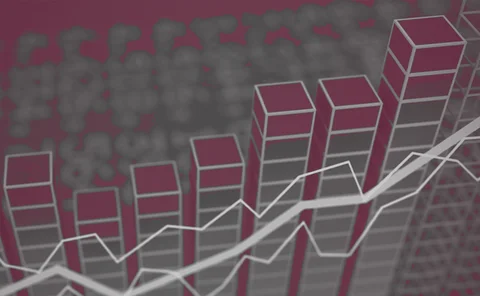
Daniel Hinge
Editor, Benchmarking
Daniel Hinge is editor of Central Banking’s benchmarking service and subject specialist for economics and monetary policy. He has reported on the central banking community since 2012, in roles including news editor and comment editor. He holds a degree in politics, philosophy and economics from the University of Oxford.
You can follow Daniel on Bluesky.
Follow Daniel
Articles by Daniel Hinge
Risk Management Benchmarks 2025 – model banks analysis
Drilling into the data reveals patterns in risk prioritisation and department structure
Branching paths: the Czech National Bank’s many modelling options
Three external reviews each recommended a different combination of models. The CNB now faces tough design choices, and must also decide how to upgrade its economic research
Risk Management Benchmarks 2025 report – mind the techno-political gap
Responses show central banks’ shifting priorities as volatility increases
2024: The year in central banking
A look back at the biggest and most popular news stories of the year
Economics Benchmarks 2024 – model banks analysis
Additional data breakdowns reveal patterns based on staffing and development
FSB launches plan to rein in non-bank leverage
Limited data and uneven regulatory mandates pose major challenges
Economics Benchmarks 2024 report – making models work
The benchmarks this year include more granular details on key model design features
Economists urge BoE to be more transparent on rate paths
Value of scenario analysis depends heavily on revealing reaction function, speakers say
Working group minutes: reserve managers chafe at constraints
Officials at several central banks say limited investment universe restricts room for manoeuvre
Currency Benchmarks 2024 – model banks analysis
Data highlights differences in cash management between central banks
The past and future of BIS economics
The monetary and economic department has become an influential force in central bank economics. Claudio Borio looks back over 37 years at the institution and Hyun Song Shin looks to the future
Currency Benchmarks 2024 report – securing cash payments
As transactional cash use falls, many central banks are adopting policies to safeguard cash access
Obituary: Tito Mboweni, 1959–2024
Sarb’s first black governor championed inflation targeting with “sharp wit”
Hélène Rey on cracking the code to the global financial cycle
The dollar and financial cycle move together. For the first time, economists think they know why
Reserve Benchmarks 2024 – model banks analysis
New breakdowns reveal differences in central bank reserves management by size and economic group
How (not) to review your monetary policy framework
The Fed made some mistakes in its last strategy review. As it prepares to have another go, it could learn from other central banks
Working group minutes: central banks weigh CBDC design choices
Central bankers discuss CBDC design elements, adoption rates and cross-border payments
Financial Stability Benchmarks 2024 – model banks analysis
Further breakdowns of the data highlight patterns in governance, regulatory reform and cyber risk
Financial Stability Benchmarks 2024 report – seeking sounder banks
Banking regulation remains a work in progress for many central banks, but staffing is a problem
BIS publishes centuries of data on central bank balance sheets
New “spliced” series extends back to founding of Sweden’s Riksbank in 17th century
‘State-dependent’ model sheds light on inflation surge
Bank of Spain’s Galo Nuño says changing key pricing assumption helps explain “immaculate disinflation”
Central banks face a capital framework imbalance – should we care?
Most economists say clear recapitalisation frameworks are important. But many central banks still lack them
Monetary Policy Benchmarks 2024 – model banks analysis
Further breakdowns of the data reveal patterns in staffing, liquidity tools and transparency
BoE’s high-value payment system hit by ‘global payments issue’
Settlement of some payments delayed after problem originating with Swift; ECB delays closure of Target systems























